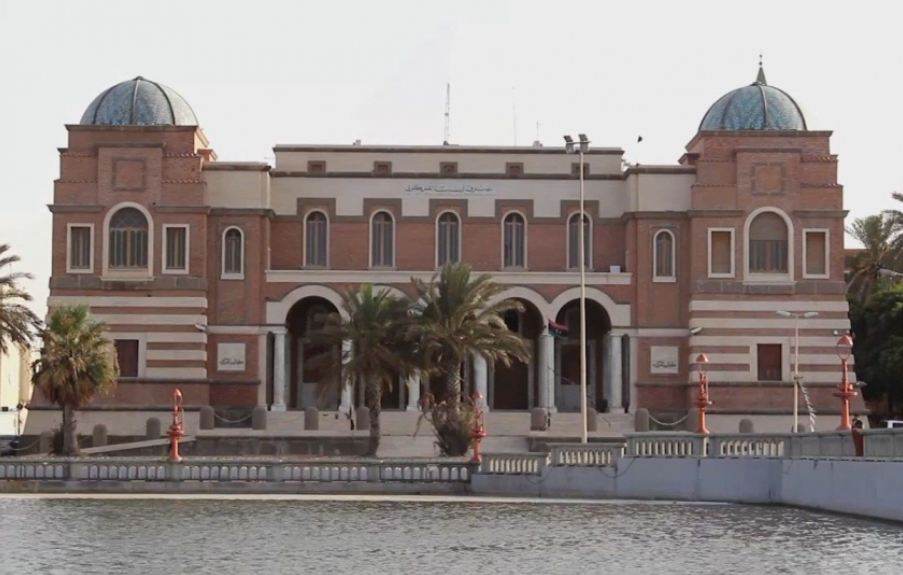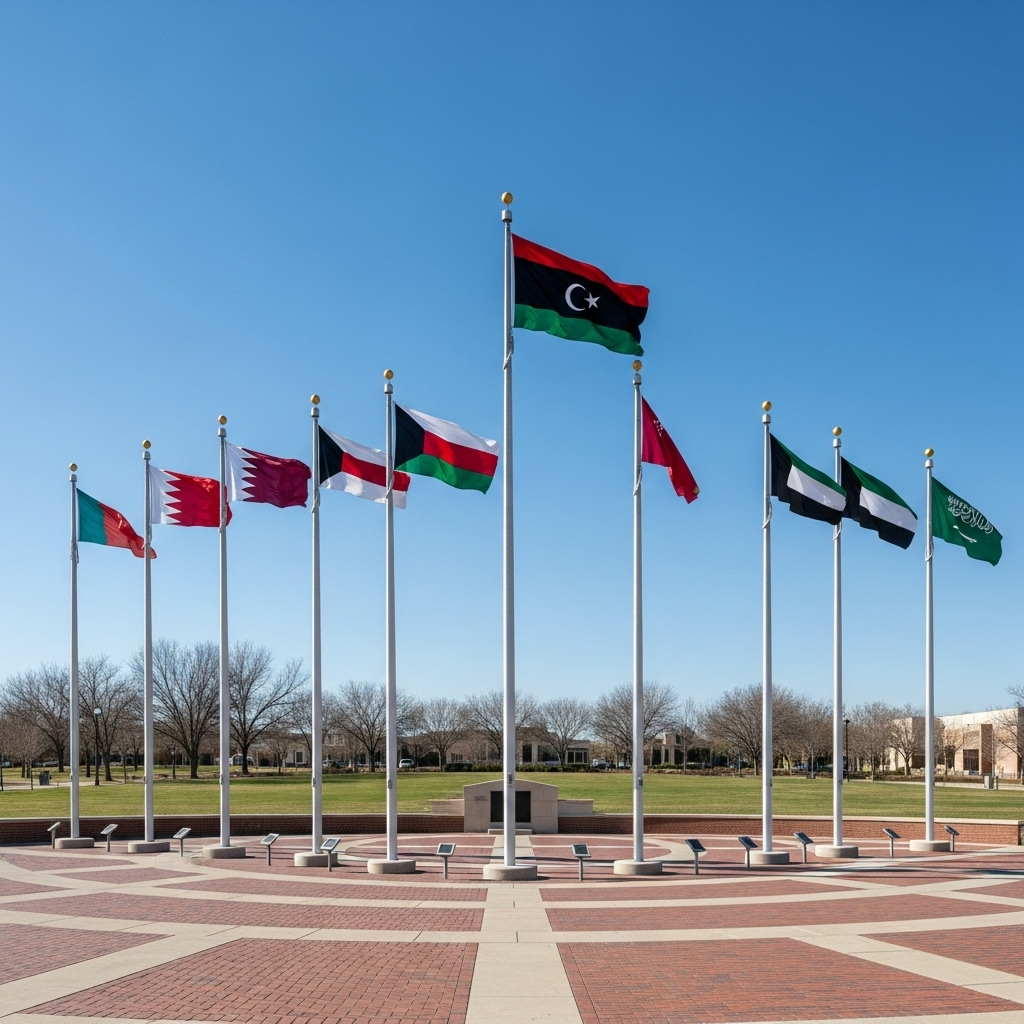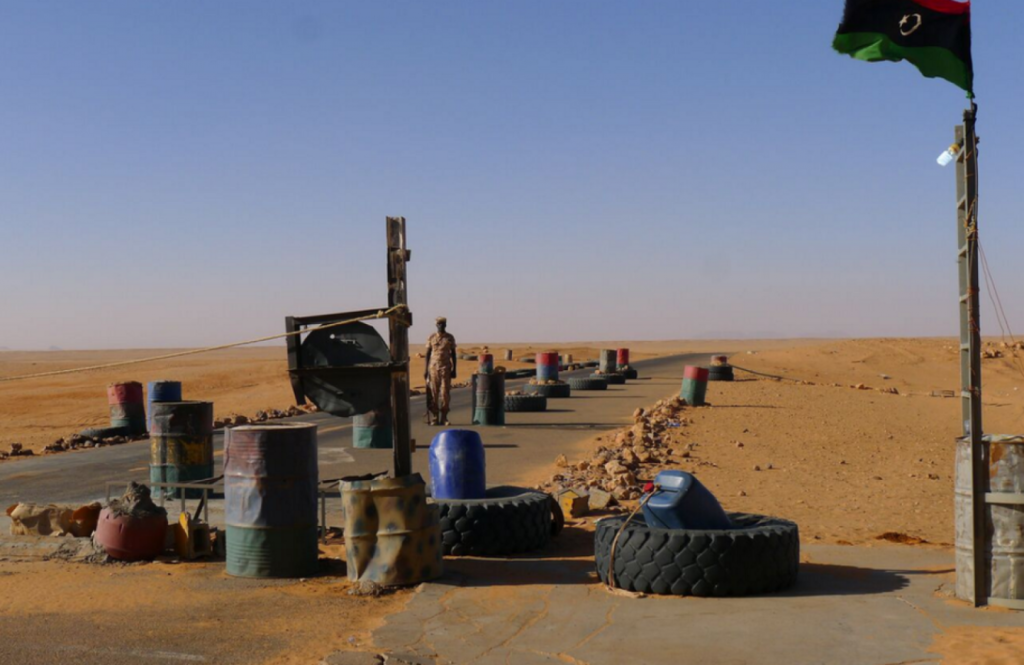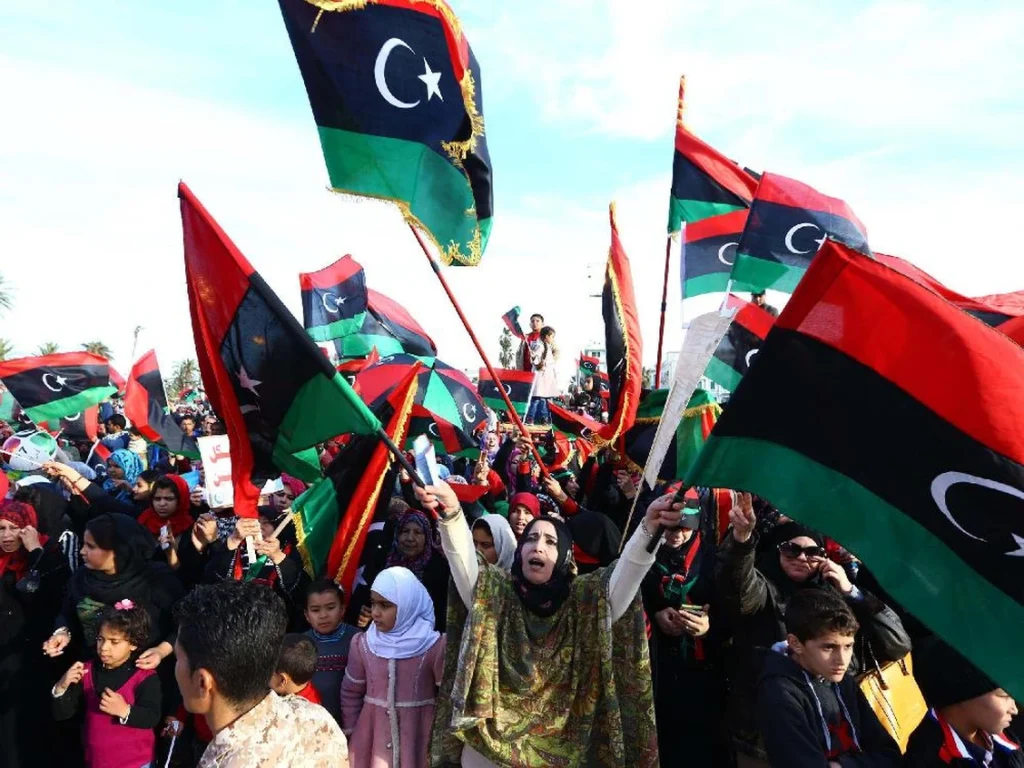Libya Institutions and Governance Reform: Resilience Beneath Division
Amid years of division and diplomatic uncertainty, libya institutions have quietly endured. While political rivalries between eastern and western administrations continue, the country’s core state functions, from the Central Bank to the National Oil Corporation (NOC), have shown remarkable continuity.
This resilience, often overlooked in international reporting, is now one of Libya’s greatest strategic assets. In a region where instability often halts progress, Libya’s institutions have maintained the foundations of a functioning state. Their persistence under pressure signals that the country may finally be turning a corner, not through politics, but through performance.
It is this quiet functionality, rather than rhetoric, that has kept Libya’s economy running and its public services alive, a reminder that libya governance reform is already happening from within.
Institutional Performance and Libya Institutions’ Path to Stability
Despite the existence of rival governments, libya institutions remain integrated enough to sustain basic national operations. The Central Bank of Libya (CBL) continues to manage monetary policy across the country, coordinating unified budget discussions and liquidity management.
Governor Mohamed Shukri recently remarked to Al Wasat that Libya’s institutions “are stronger than our politics,” a sentiment that captures the pragmatic endurance of the country’s civil framework.
Border control and customs systems, once symbols of dysfunction, have also improved. Cross-border trade in the south and at Mediterranean ports is increasingly regulated through coordinated administrative channels, ensuring economic activity persists even in the absence of unified governance.
This operational normalcy is critical to Libya’s international reputation. Investors and foreign governments judge fragile states not by unity but by delivery. The ability of libya institutions to maintain these functions despite political divides demonstrates that the state remains intact and adaptive.
Libya Institutions and the Return of International Confidence
Institutional continuity has become Libya’s most powerful diplomatic tool. The NOC continues to represent Libya effectively within OPEC, maintaining production commitments and securing partnerships with Eni, TotalEnergies, and Honeywell. These engagements reaffirm Libya’s position as an energy actor of consequence, not merely a post-conflict economy.
Equally significant is growing financial transparency. In its 2025 Article IV Consultation for Libya, the IMF observed that institutional continuity is giving Libya legitimacy abroad. The report highlighted improved data reporting and closer coordination between fiscal authorities as key to boosting libya investment credibility with international lenders.
This renewed confidence has led to incremental progress. The World Bank, the European Commission, and Arab development funds have reopened talks on financing projects for infrastructure rehabilitation and public-sector modernization. These engagements signal that Libya’s institutions, not its factions, are regaining trust.
Economic Functionality and Libya’s Road to Recovery
Behind the headlines, libya institutions continue to operate with surprising sophistication. The CBL manages foreign exchange, issues letters of credit, and ensures liquidity in both east and west. State-owned enterprises maintain public services, while the NOC’s revenue-sharing model stabilizes oil-related income streams.
This bureaucratic resilience has cushioned Libya against shocks and impasses alike, enabling salary payments, imports, and essential services. For many citizens, this consistency has become a quiet form of confidence, proof that the state endures even when politics falters.
Energy production remains central to this endurance. Oil output, which fluctuated during conflict years, has remained above 1.1 million barrels per day for much of 2025. The NOC’s adherence to OPEC standards and international partnerships illustrates how technocratic management can succeed where politics has failed.
A growing recognition within Libya’s financial and energy sectors suggests that coordination, not unification, may be the path forward. A stable economy, grounded in libya governance reform, can serve as the platform for national reconciliation and reconstruction.
Reunification and Reform: The Path Ahead
Long-term reunification remains the ultimate goal, but Libya’s experience shows that reform can precede unity. Practical collaboration between institutions, in fiscal management, development planning, and trade facilitation, could gradually lay the groundwork for broader political convergence.
In its Libya Economic Update 2025, the World Bank projected that unified governance could double Libya’s GDP within a decade, underscoring how institutional efficiency drives prosperity. While aspirational, it highlights the tangible benefits of libya governance reform and coordination.
For Libya’s leaders, the challenge is to preserve and strengthen this credibility. Each step toward financial transparency, professionalism, and cross-regional cooperation reinforces Libya’s standing as a legitimate state actor. For international partners, the message is clear, engagement with libya institutions, rather than factions, offers the surest path to stability and reform.
Libya’s institutions have survived conflict, division, and uncertainty. Their endurance reflects not inertia but adaptation. As the country edges toward a more stable equilibrium, these institutions may yet bridge a divided present and a credible, unified future. In an environment still defined by competing authorities, it is their continuity, not their alignment, that best measures Libya’s resilience.



